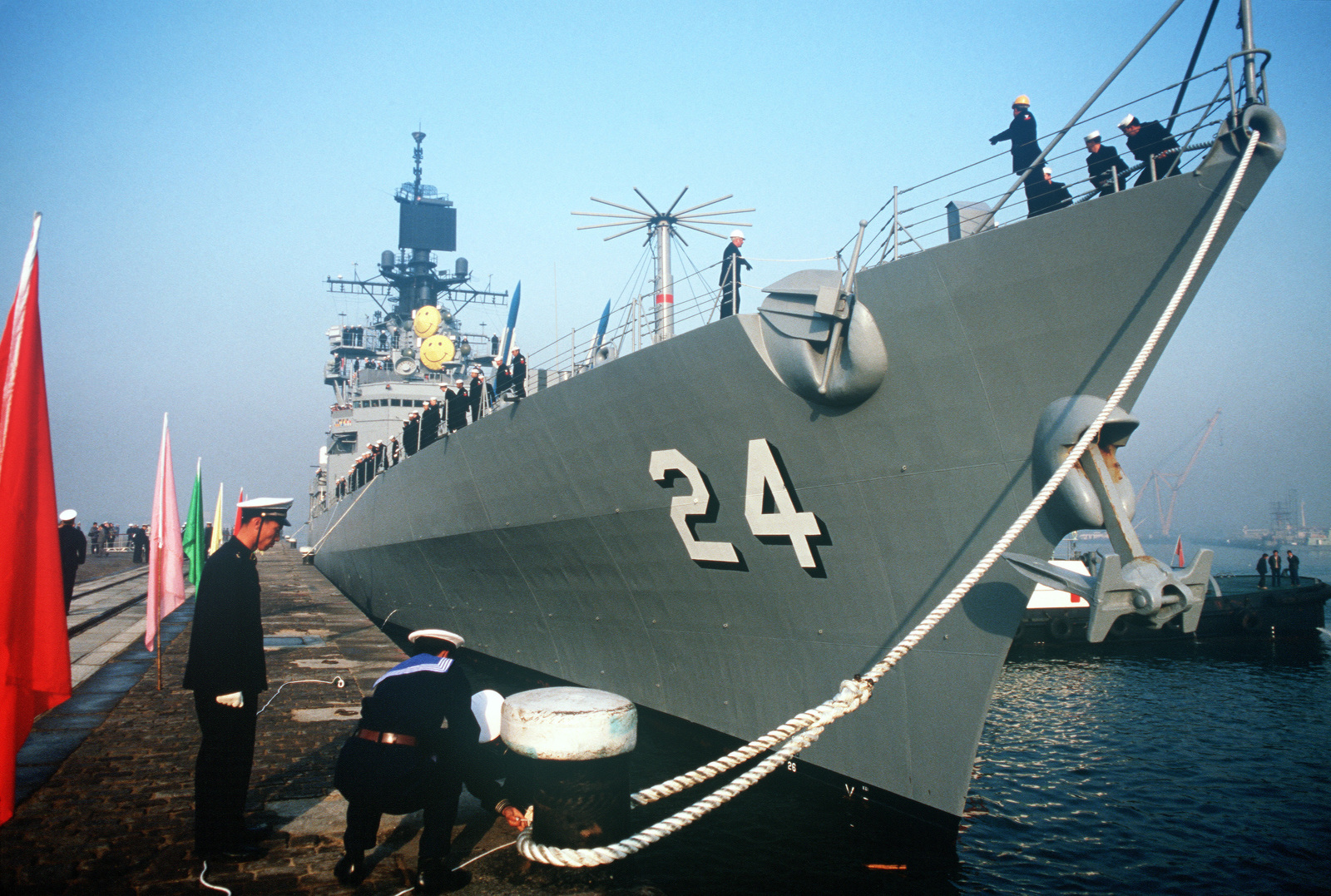Since its inception in 2013, Chinese government officials have insisted that the Belt and Road (BRI) is solely an economic initiative and does not have any military motivations. But the BRI’s civil-military distinction is no longer as clear cut as it used to be. President Xí Jìnpíng 习近平 himself called for a strong BRI security system to protect China’s overseas interests, people, and property.
One little-known aspect of the BRI is that much of the overseas construction, particularly ports, must adhere to standards that conform to the People’s Liberation Army’s requirements. So while today there’s little evidence that China is leveraging the BRI for security or military purposes, there are concerns that it is positioning infrastructure to be able to do so in the future should the need arise.
Daniel Russel, vice president for international security and diplomacy at the New York–based Asia Society Policy Institute, examined the security dimensions of the BRI in a recent paper. In this episode, Daniel joins Eric and Cobus to discuss what he calls the Belt and Road’s “civil-military fusion” in maritime, terrestrial, and space environments.







